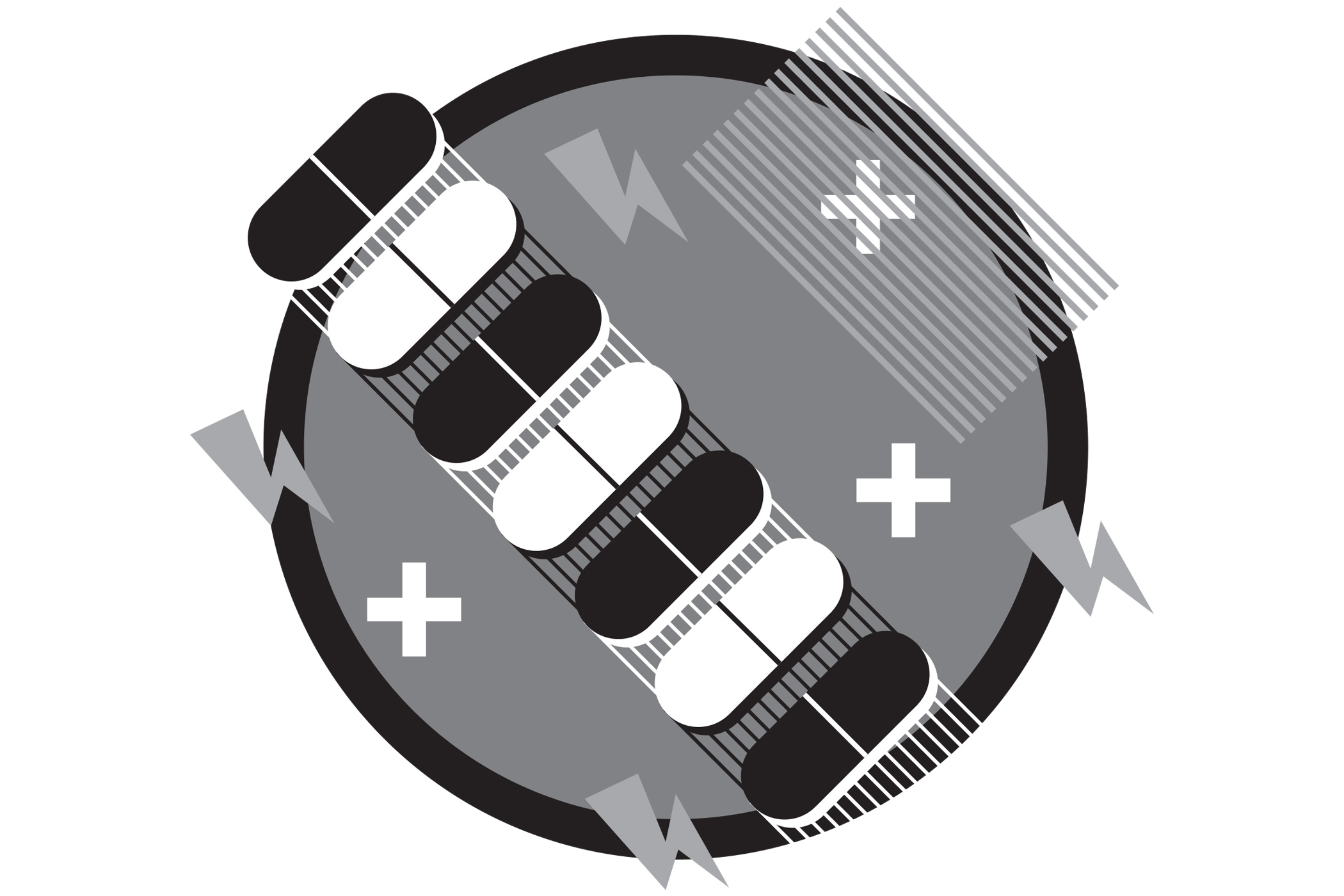Art Wednesday; Cynicism Left Yesterday
The whole experience, from beginning to end, of getting out toDisjecta and seeing “…Because Cynicism Left Yesterday” on aSaturday afternoon, reminded me of a New York art outing and that’snot just because so much of this show was from there.
The show was written up all over, so you were out of it if youdid not attend. You make your way to what seems like an unlikelydestination. Up the dark stairs you walk and it’s looking more andmore like a bomb shelter. No, wait, you’re walking throughsomeone’s kitchen. But remember, important things happen here. It’snot Grand Central, but every single person you run into is a majorsomebody in the art world.
The director of the organization comes ’round and sleepily tellsyou that an event happened last night and so the exhibition isn’tquite ready for you. As the gallery is only open Saturdays andSundays, when would it be ready?
Indeed, chairs are sprawled pell-mell in a big room. Theartwork, hemmed in by old wainscoting and the various limitationsold architecture can bring, are crammed into corners and appearlike an afterthought. I don’t envy anyone putting an exhibitioninto this room. What saves the installation is the quality of thework: high and most of it not from here. Welcome to Disjecta.
“…Because Cynicism Left Yesterday” is a loaded curatorialeffort, bravely faced by its instigators, Liz Haley and JohnVitale, two likeminded photographers. Loaded, because of coursecynicism hasn’t left, but the curators claim that artists on bothcoasts are finding ways to express a different mindset.
Some of the works had feet firmly placed in that uneasytransition by placing the gentle and the wild into the sterileworld of commodity. Jody Fausett had the best example of this styleand, as the artist is a commercial fashion photographer, it’sprobably not a difficult leap. Animals such as foxes and deer aresituated in environments not typically associated with them, likethe back seat of a pristine car. The direct marketing approach ofthe slick layout redirects how the viewer might feel about a sweetfawn, but not entirely. Your heartstrings are pulled, but only sofar as you sense this commercial skill is well rehearsed, and onlythe subject matter has (somewhat) changed.
When I first saw the works I had no idea that they were paintedon paper sacks. The image was enough, looking like a pastel chalkdrawing in its misty, brilliant colors. Reading about the use ofpaper bags is somewhat irking, “untraditional” materials must makean image more worthy or even more “new.”
However in this case, she may be on to something. Once foldedand then unfolded, the lines remained and contributed to thefractured surface of the icebergs. Materials and image marriedsuccessfully in this work.
In general, the paintings, drawings or prints, as in the case ofChris Johanson, made a stronger case for the abolition of cynicism.This could be due to several factors, but the most obvious is thejob photography has taken on throughout the years, of manipulatingaudience to buy via “art.”
It is tiresome, no longer disarming, but it will not be easy toget away from.



